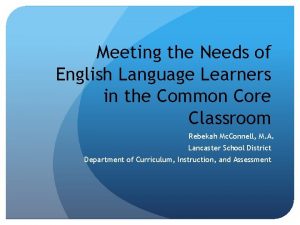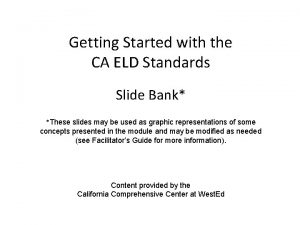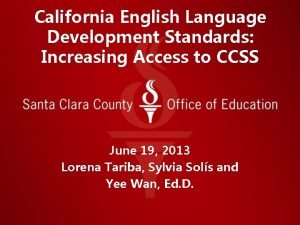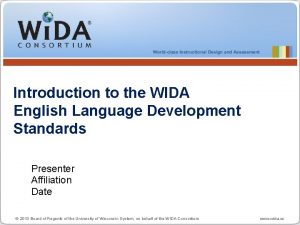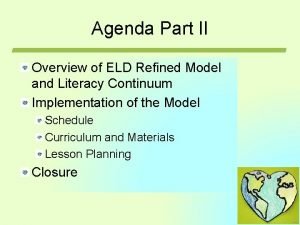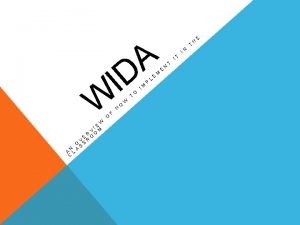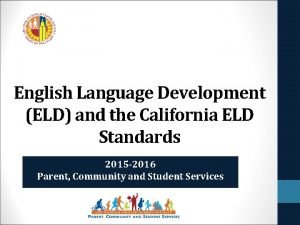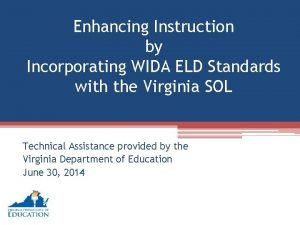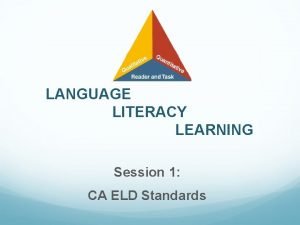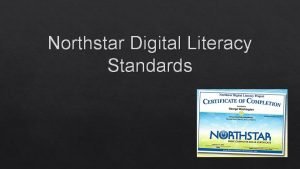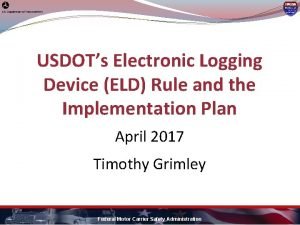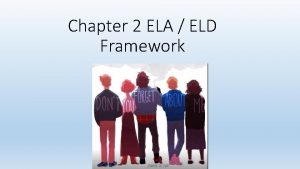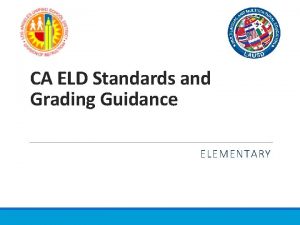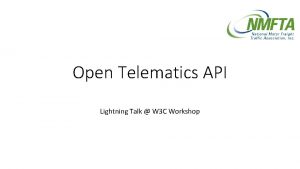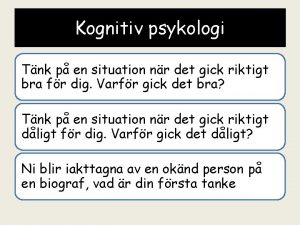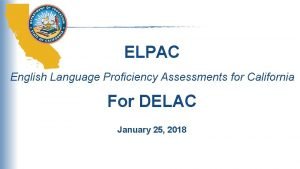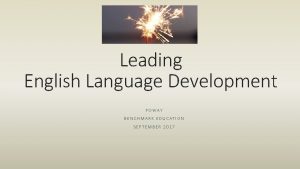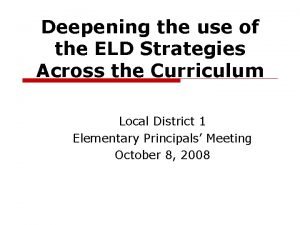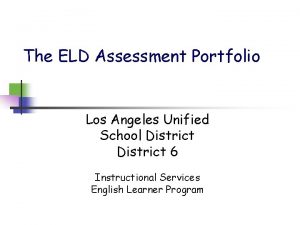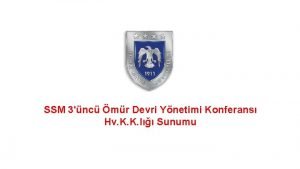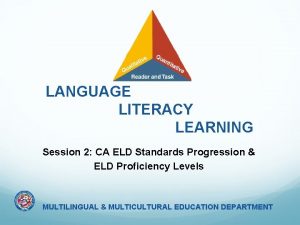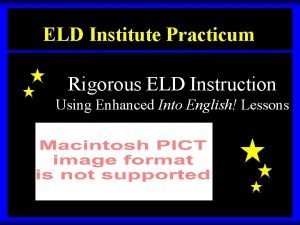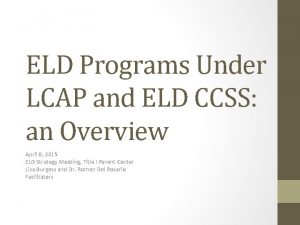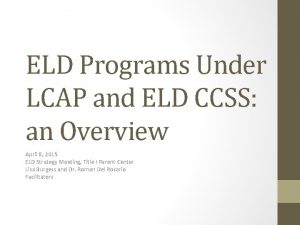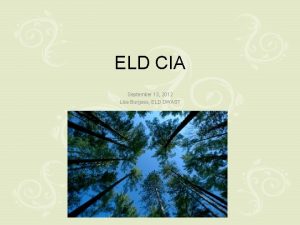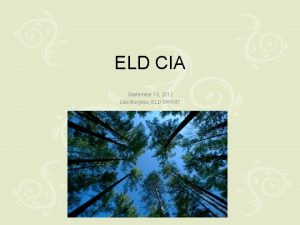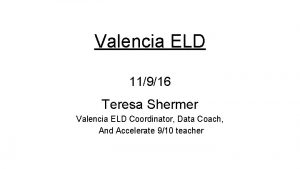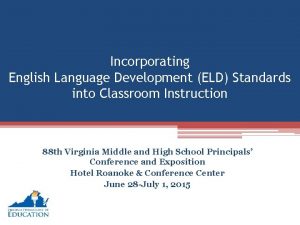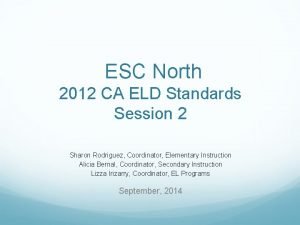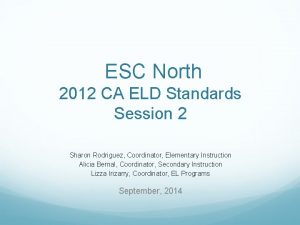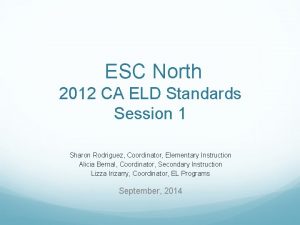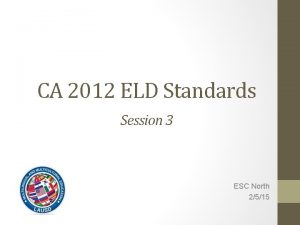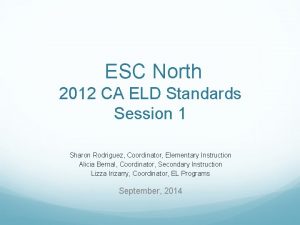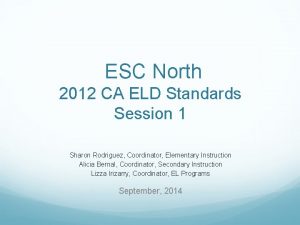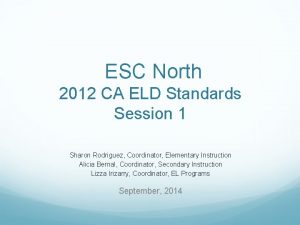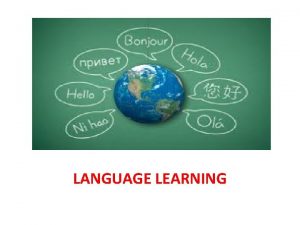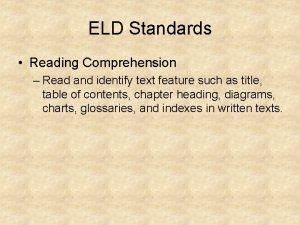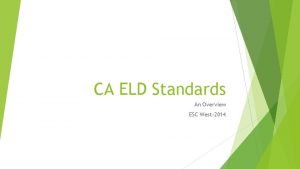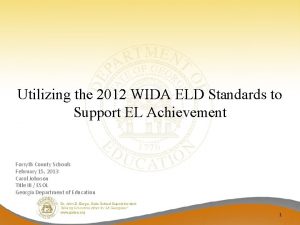LANGUAGE LITERACY LEARNING CA ELD STANDARDS Session 3
























- Slides: 24

LANGUAGE LITERACY LEARNING CA ELD STANDARDS Session #3 MULTILINGUAL & MULTICULTURAL EDUCATION DEPARTMENT

ELD Transition Sessions Session 1: ELD Standards Introduction * Shifts, Layout, & Development Session 2: Proficiency Levels Session 3: Theory that Informs Layout (Appendix C) Session 4: How English Works (Appendix B)

Objectives • Understand the linguistic demands of the Common Core State Standards and their connection to the California ELD Standards • Delve into the research that informs the layout of the ELD Standards

District Instructional Priorities Master Plan (The Who) Common Core (The What) TGDC Teaching & Learning Framework (The How)

LAUSD TEACHING AND LEARNING FRAMEWORK 2014 -2015 FOCUS ELEMENTS

Guiding Principles 1. English Learners (ELs) are held to the same high expectations of learning established for all students. 2. ELs develop full receptive and productive proficiencies in English in the domains of listening, speaking, reading & writing. 3. ELs are taught challenging academic content that enables them to meet performance standards in all content areas. 4. ELs receive instruction that builds on their previous education and cognitive abilities and that reflects their language proficiency levels. 5. ELs are evaluated with appropriate and valid assessments that are aligned to state and local standards and that take into account the language development stages & cultural backgrounds of the students. 6. The academic success of ELs is a responsibility shared by all educators, the family and the community. English Learner Master Plan, 2012, Pages 2 -3

Phase-In Plan for CA ELD Standards • Transition 2014 -2015 • Implementation 2015 -2016

What must students be able to do with language? ELA MATH Comprehend and evaluate Understand use stated complex texts across a range of assumptions, definitions, and types and disciplines previously established results in constructing arguments Construct effective arguments and convey Make conjectures and build intricate or multifaceted a logical progression of information statements to explore the truth of their conjectures Discern a speaker’s key points Justify their conclusions, communicate them to others, and respond to the arguments Request clarification and of others ask relevant questions Build on others’ ideas Articulate their own ideas, and confirm they have been understood SCIENCE Construct explanations and designated solutions Engaging in argument from evidence Obtain, evaluate, and communicate information

Dr. Lily Wong Fillmore LISTENING TASK: Jot down poignant phrases that resonate with you. Instructional Strategies: Use of Visual Media & Listening Task

Share with an elbow partner a thought around what Lily Wong stated that resonated with you. Instructional Strategy: Elbow Partners

Purpose of 2012 CA ELD Standards ● Designed to be used in tandem with CCSS for ELA & Literacy ● Highlight and amplify the critical knowledge about language and skills using language in CCSS for ELA/Literacy necessary for ELs to be successful in school and life ● Provide fewer, clearer, higher standards so teachers can focus on what’s most important ● Strengthen ELD opportunities in core content instruction and in targeted ELD in light of new content standards

CA ELD Standards Overview & Proficiency Level Descriptors (PLDs): ✓Alignment to CCSS for ELA & Literacy ✓CA’s EL Student ✓Proficiency Level Descriptors (PLDs) ✓Structure of the grade level standards Grade Level Standards ✓Section 1: Goal, Critical Principles, At-a-glance Overview ✓Section 2: Elaboration on Critical Principles • Part I: Interacting in Meaningful Ways • Part II: Learning About How English Works • Part III: Using Foundation Skills Appendices: ✓Appendix A: Foundational Literacy Skills ✓Appendix B: Learning About How English Works ✓Appendix C: Theory and Research ✓Appendix D: Context, Development, Validation Glossary of Key Terms

CA 2012 Adopted ELD Standards Appendix C: Theoretical Foundations and Research Base Connection

Information Processing of CA ELD Standards Appendix C ●Refer to CELDS Appendix C ●At your table, form quads - groups of 4. ●Number off 1 - 4

Appendix C • Everyone reads the introduction. • Also read your assigned section: 1. Theoretical Foundations and Research Base & Interacting in Meaningful and Intellectually Challenging Ways (pp. 1 -2) 2. Scaffolding (pp. 3 -5) 3. Developing Academic English & The Importance of Vocabulary (pp. 5 -6) 4. Importance of Grammatical and Discourse Level Understanding (pp. 6 -8)

Expert Group ● Meet with your Expert group (everyone should have the same number) ● With your Expert group, select 3 main points from your section to share with your home group Home Group ● Return to your Home Group ● Share your 3 main points (Each member has 2 minutes to share, 8 minutes total) Instructional Strategy: Expert / Home Groups

A. Collaborative Mode Strand 1 Exchanging information and ideas with each other through oral collaborative conversation on a range of social and academic topics. B. Interpretive Mode Strand 6 Reading closely literary and informational texts and viewing multimedia to determine how meaning is conveyed explicitly and implicitly through language. C. Productive Mode Strand 11 Supporting own opinions and evaluating others’ opinions in speaking and writing.

Quote Language is the medium in which teaching and learning take place in schools; the medium through which we transform and develop our thinking about concepts; and in this way language and content are inextricably linked (Halliday, 1993). For this and other reasons, language has been referred to as the “hidden curriculum” of schooling and why school success can be seen as largely a language matter (Christie, 1999). (p 7)

Here’s What! Language is the medium in which teaching and learning take place in schools; the medium through which we transform and develop our thinking about concepts; and in this way language and content are inextricably linked (Halliday, 1993). For this and other reasons, language has been referred to as the “hidden curriculum” of schooling and why school success can be seen as largely a language matter (Christie, 1999). Instructional Strategy: Here’s What!, So What? , Now What? So What? Now What? To encourage interacting in meaningful ways, I will… For scaffolding academic English, I will… To bring more attention to language, I will…

Instructional Strategies Chalk Talk Here’s What!, So What? , Now What? Turn and Talk Graphic Organizer Line Up Collaborative Groups Expert Group/ Home Group Turn and Talk Chunking The Text Whole Group Share out 3 -2 -1 Use of Visual Media: Videos Listening Task Whole Group Share Out Elbow Partner Discussions

Objectives: • Understand the linguistic demands of the Common Core State Standards and their connection to the California ELD Standards • Delve into the research that informs the layout of the ELD Standards

Reflection

Turn and Talk Session 3 Content Processing Strategies Material/Timeline

Turn and Talk At your table, talk about the major take-always for ELD session 3: 1. Content: – What areas of the session might you need to further explore to deepen your understanding of ELD standards? 2. Processing Strategies: – How might you adjust the processing strategies to meet the needs of your staff? 3. Material/Timeline: – What materials will you need? When/how do you plan to present the session?
 Integrated eld vs designated eld
Integrated eld vs designated eld How to write california eld standards
How to write california eld standards Ca eld standards
Ca eld standards Wida mpi template
Wida mpi template Elp standards az
Elp standards az Wida eld standards
Wida eld standards Emerging expanding and bridging
Emerging expanding and bridging Wida eld standards
Wida eld standards Eld standards lausd
Eld standards lausd Media literacy vs information literacy comparison
Media literacy vs information literacy comparison Media and information literacy ppt
Media and information literacy ppt People as media and people in media examples
People as media and people in media examples Cyber literacy for the digital age
Cyber literacy for the digital age Www.digitalliteracyassessment.org
Www.digitalliteracyassessment.org Cuadro comparativo entre e-learning b-learning y m-learning
Cuadro comparativo entre e-learning b-learning y m-learning Eld rule summary
Eld rule summary Ela eld framework
Ela eld framework Eld levels
Eld levels Eld.sefl
Eld.sefl Beskriv kognitionspsykologi
Beskriv kognitionspsykologi Elpac level descriptors
Elpac level descriptors Benchmark eld curriculum
Benchmark eld curriculum Eld strategies
Eld strategies Eld los angeles
Eld los angeles Eld süreçleri nelerdir
Eld süreçleri nelerdir
